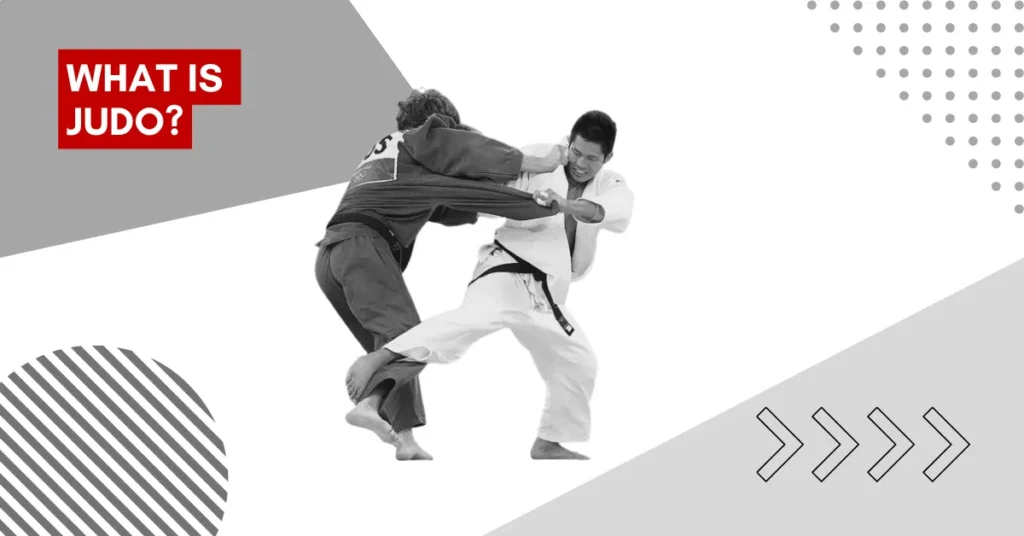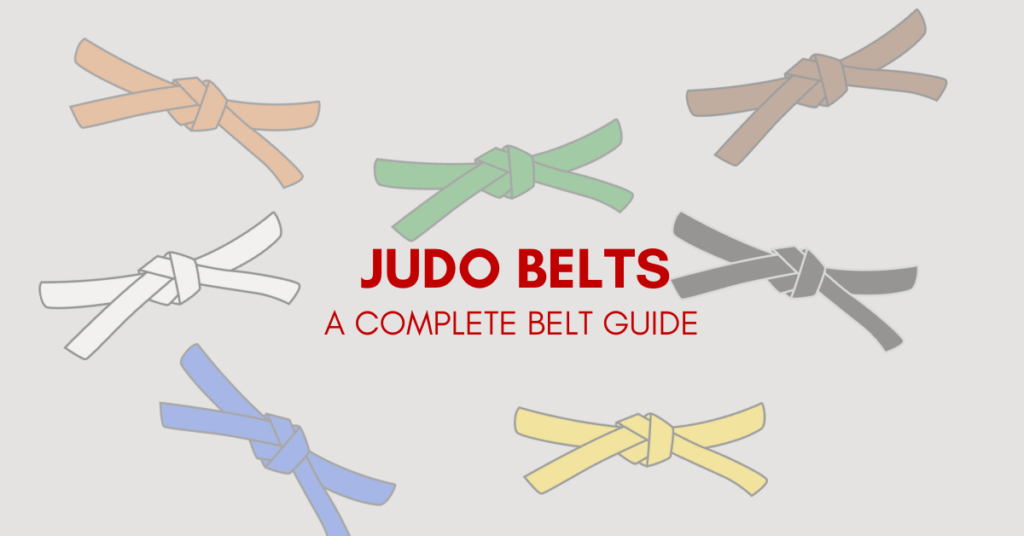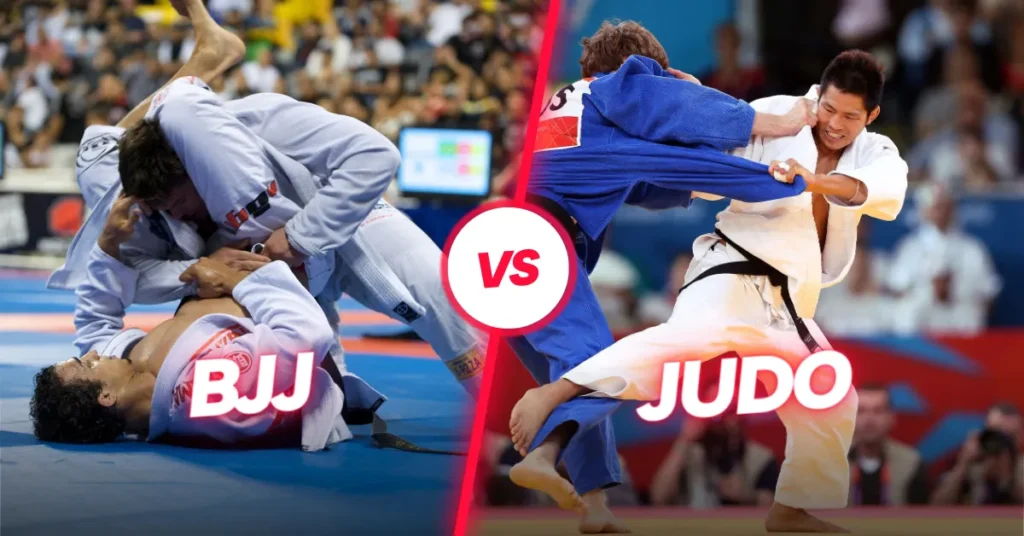What is Judo? Judo is often seen as an aggressive martial arts. It stands out as a peaceful contrast, focusing on defeating an opponent by yielding instead of force. This martial art teaches more than self-defense, it offers life lessons that go beyond the dojo. Through judo, one gains physical fitness and mental strength, all within a safe and respectful framework.
Developed in the late 19th century, judo combines dynamic throws, pins, and joint locks. It balances strength and flexibility, making it a unique martial art. This rich tradition isn’t just about physical techniques, it’s a journey of self-improvement. Judo teaches the importance of being gentle to overcome challenges.
Judo adapts and grows, reflecting a peaceful approach in a chaotic world. It shows the importance of yielding to achieve peace and self-control. The rules of judo reveal a culture of discipline, where each move tells a centuries-old story of tradition and continuous improvement.
Table of Contents
Key Takeaways
- Understanding of judo as a martial art that values technique over strength.
- A glimpse into the historical emergence and conceptual framework of judo.
- Insight into the holistic benefits judo offers, from physical prowess to mental discipline.
- Appreciation for judo’s comprehensive techniques and the rule system that governs them.
- A look at how judo principles can be applied both on the mat and in daily life for self-improvement.
- Recognition of judo’s unique global influence, fostering a community bound by mutual respect and growth.
Origins and Evolution of Judo
Judo began in Japan’s rich cultural and sports environment. Its journey from combat to an international sport is fascinating. It shows the massive impact judo has had on martial arts all over the world.
The Vision of Jigoro Kano and the Birth of Judo
The name Jigoro Kano is crucial in judo’s history. In the late 19th century, he brought a new perspective to martial arts. He blended different jujitsu forms and made judo focus on mental sharpness, skill, and the ‘gentle way’ philosophy.
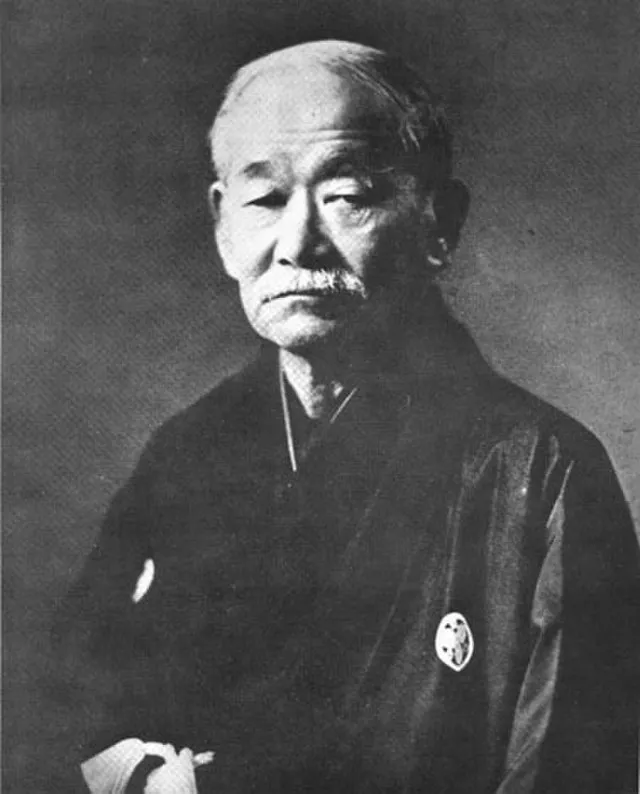
Rise of Judo as a Discipline Beyond Physical Combat
Judo moved beyond just fighting. It became a way to build character and ethics. Kano’s judo encouraged personal growth and moral discipline, essentially becoming a way of life. This broadened its influence outside of martial arts.
Influence on Subsequent Martial Arts and Combat Sports
Judo’s impact spread far, touching other martial arts. It has left its mark from Brazilian jiu-jitsu to mixed martial arts. The techniques and philosophies of Jigoro Kano’s judo are evident worldwide.
Here’s a brief look at Jigoro Kano’s key contributions:
| Year | Contribution | Impact |
|---|---|---|
| 1882 | Creation of Judo | Foundation of Modern Martial Arts |
| 1889 | Establishment of the Kodokan Judo Institute | Global Hub for Judo Education |
| 1964 | Judo Debut in the Olympics | Elevated International Recognition |
Techniques and Training
At its heart, judo stands on strong judo techniques and strict judo training. Learning judo throws and grappling is key. A good judo training plan mixes lively randori with detailed kata. This way, judokas not only learn moves but also the thoughts behind them. Training over and over shapes both body and mind. It makes athletes who perform with skill and elegance. In total judo has 100 techniques. These techniques encompass throws (nage-waza) to bring your opponent down and grappling maneuvers (katame-waza) to control them on the ground.
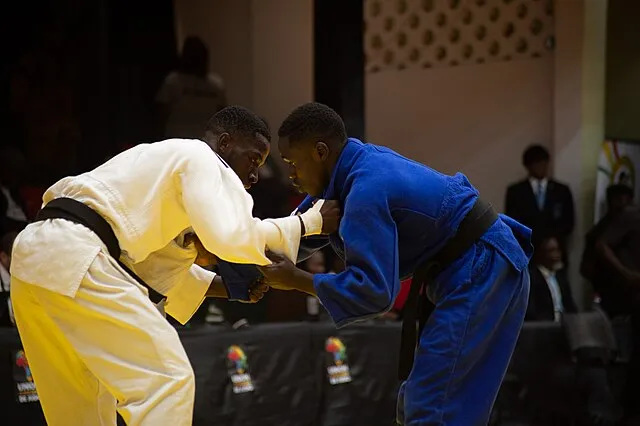
Judo kata are like a manual for judo moves. They let judokas polish their skills in a safe space. Achieving exactness in every move is vital, both in judo throws and grappling. In the dojo, doing something again and again isn’t just routine. It’s how you grasp the fine points that turn a beginner into an expert.
| Technique Category | Examples | Training Focus |
|---|---|---|
| Judo Throws | Seoi-Nage, Uchi-Mata, Osoto-Gari | Timing and Kuzushi (balance breaking) |
| Grappling Techniques | Ne-Waza, Kesa-Gatame, Juji-Gatame | Control and Submission |
| Judo Kata | Nage-No-Kata, Katame-No-Kata | Precision and Form |
Judo training is about more than just physical strength. Regularly working on judo moves builds mental toughness. As judokas repeat judo throws, they learn patience and how to adapt. These actions become natural over time. Judo becomes a physical and mental challenge. And it gets deeper with every mastered throw, pin, and choke.
“The art of judo is like a symbol of the flexible yet firm, a perfect embodiment of the dichotomy of resilience. It is here, in the sweat-soaked mats of the dojo, that the physical and intangible threads of judo weave together to form the fabric that is judo mastery.”
Understanding the Gentle Way
Judo goes beyond just physical skills. It’s steeped in the essence of judo, binding to its goals and beliefs. People who practice judo do more than practice a sport. They are adopting a lifestyle that promotes growth, teaches resolving conflicts smoothly, and offers development both on the mat and in everyday life.
The Essence and Objectives of Judo
Judo is all about the full growth of a person. This means improving not just judo techniques but also personal development and giving back to society. The objectives of judo are broad. They aim to build a strong body and mind, teach self-defense, and promote values that make society better.
Judo’s Philosophical Core: Seiryoku-Zenyo and Jita-Kyoei
The philosophy of judo stands on two main ideas: Seiryoku-Zenyo, or doing more with less effort, and Jita-Kyoei, which means everyone’s good. Seiryoku-Zenyo teaches judokas to use their energy wisely. This is true for both performing techniques and handling daily challenges. Jita-Kyoei pushes us to seek progress and harmony together with others.
| Principle | Definition | Application in Judo | Application in Everyday Life |
|---|---|---|---|
| Seiryoku-Zenyo | Maximum efficiency, minimum effort | Using an opponent’s strength to one’s advantage | Approaching challenges strategically and resourcefully |
| Jita-Kyoei | Mutual welfare and benefit | Respecting one’s opponent and valuing fair play | Enhancing interpersonal relationships and community well-being |
Judo teaches us to tackle life’s challenges with elegance, efficiency, and honesty. Thus, the gentle way becomes a strong guide in and out of the dojo.
Judo’s Global Footprint
Judo quickly went from being a Japanese sport to a global phenomenon. This shows how universally appealing and culturally significant it is. The International Judo Federation was established in 1951. Since then, judo’s influence around the world has greatly increased. The IJF plays a key role in spreading judo’s main values. It brings cultures and countries together.
Local judo groups are important for spreading the sport in various places. They help people learn and get better at judo, no matter their level. These groups are key in keeping judo more than just a combat sport. It also helps personal growth and builds community. Now, judo is loved worldwide. People enjoy its physical and mental benefits.
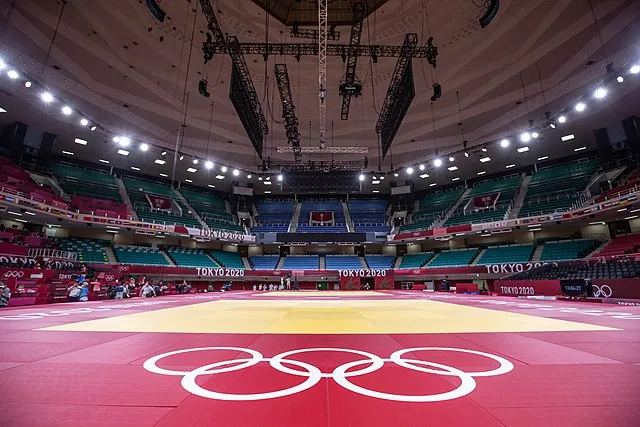
Judo has been in the Olympics since 1964. This event showed its competitive edge and respect for discipline. It put judo under an international spotlight. People do judo for self-defense, to compete, or just for personal reasons. It has many fans around the world. This shows how meaningful judo is everywhere.
FAQ
What is the main focus of judo?
Judo emphasizes throws, takedowns, and grappling holds to control and subdue your opponent.
What judo means?
Judo literally translates to “gentle way” (ju – gentle, do – way) but emphasizes using your opponent’s strength against them rather than directly opposing it.
What is judo and how do you play?
Judo involves wearing a judogi (uniform) and utilizes throws, pins, and joint locks to score points and win. Unlike some martial arts, striking is not allowed.
Is judo an art or sport?
Judo can be considered both an art and a sport. As an art, it focuses on self-discipline, respect, and philosophy alongside physical techniques. As a sport, it prioritizes competition and mastering judo techniques for winning matches.
What is the history of judo?
Judo was created by Jigoro Kano in the 19th century. It mixed different jujitsu styles and gained worldwide popularity.
Can judo be used for self-defense?
Yes, judo is effective for self-defense. It teaches how to control and immobilize an attacker.
How can beginners get started with judo?
Beginners should join judo classes or clubs. Here, experienced instructors provide the right training and support.
How many techniques does judo have?
Judo has a comprehensive set of techniques, with roughly 100 on the Kodokan List of Judo Techniques. These techniques encompass throws (nage-waza) to bring your opponent down and grappling maneuvers (katame-waza) to control them on the ground.

